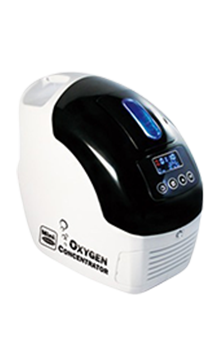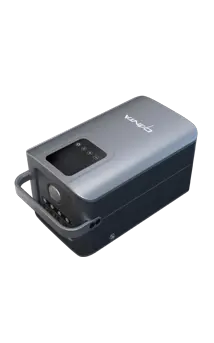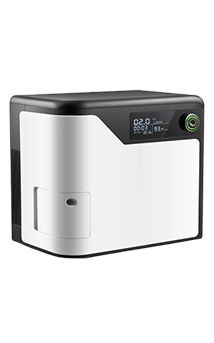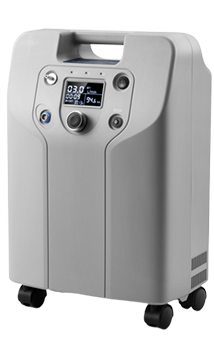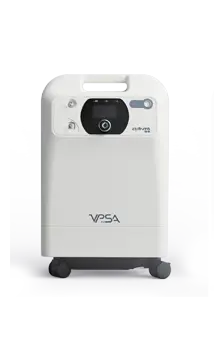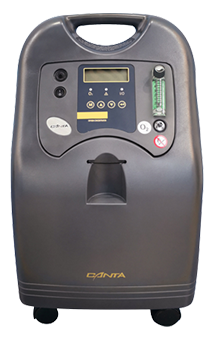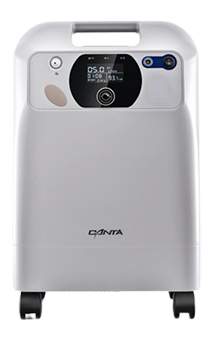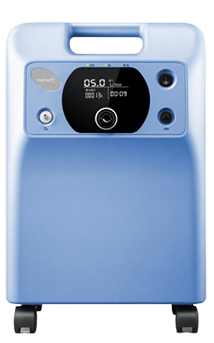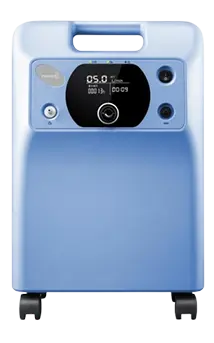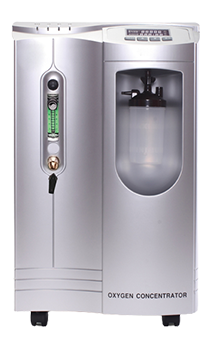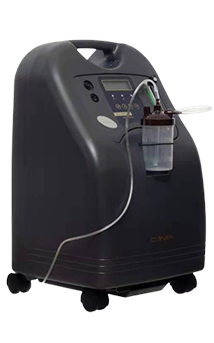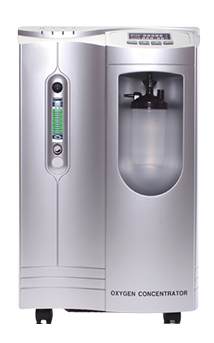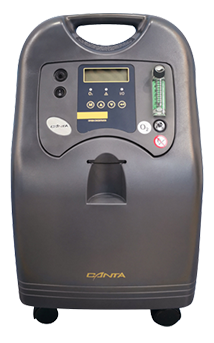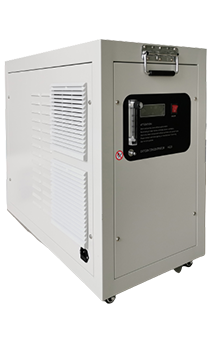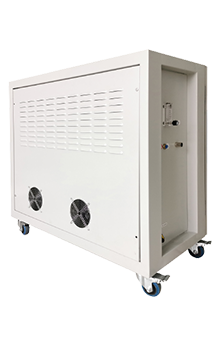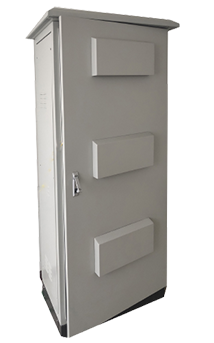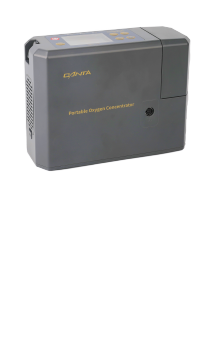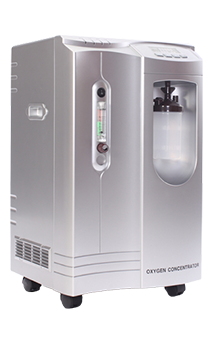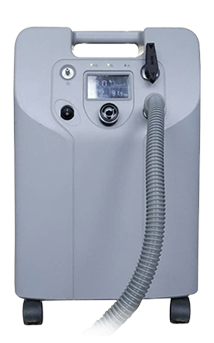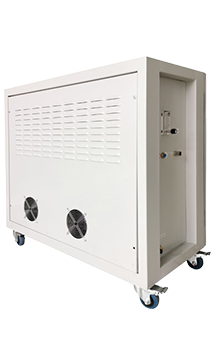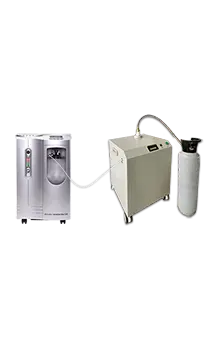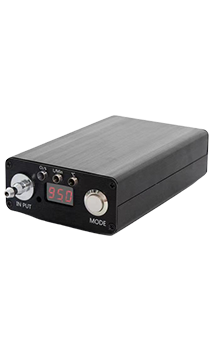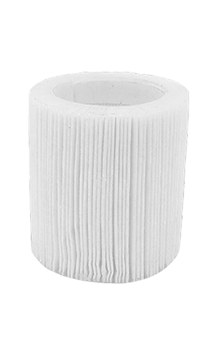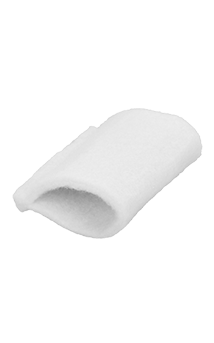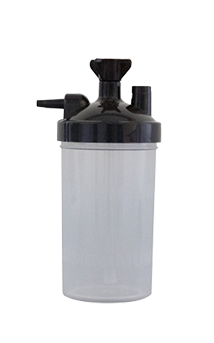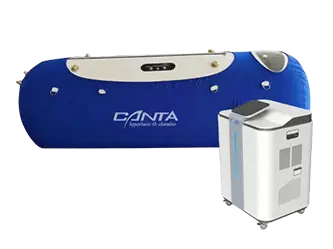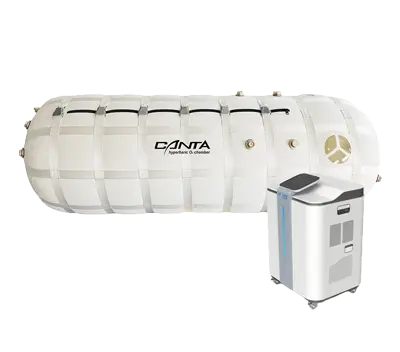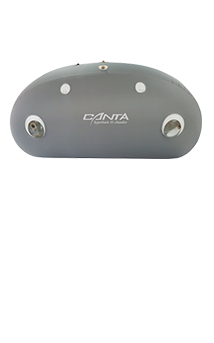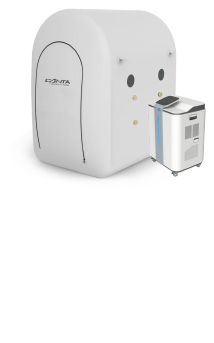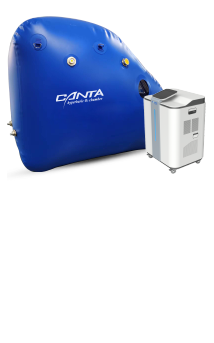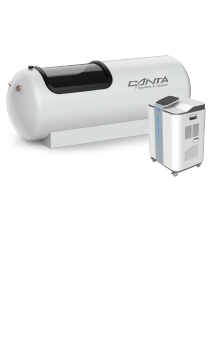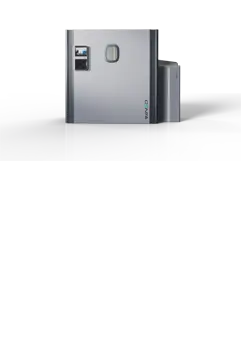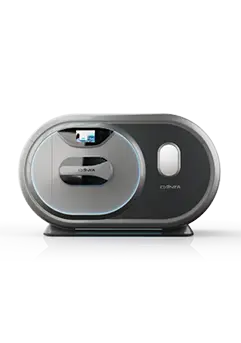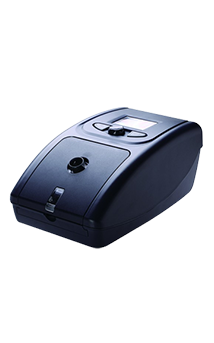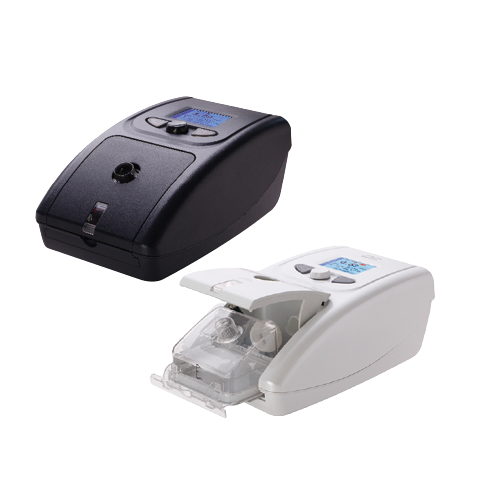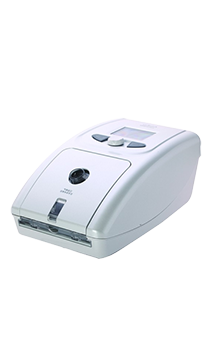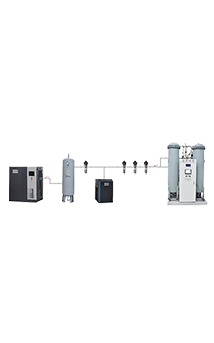BiPAP is a type of ventilator, a device that assists in breathing. It is also known as a bilevel positive airway pressure device.
BiPAP can be used to improve breathing when you have difficulty in breathing due to the following conditions:
Chronic obstructive pulmonary disease (COPD)
Obstructive sleep apnea
Obesity hypoventilation syndrome
Pneumonia
Asthma attacks
Postoperative ventilatory distress
Nervous system disorders that disrupt breathing
How to improve breathing difficulty with BiPAP ventilator?
In normal breathing, when you inhale, your lungs expand. During this process, the pressure in your airways and alveoli decreases. The decrease in pressure draws air into your lungs, which are filled with oxygen-rich air. If you have difficulty in breathing on your own, the BiPAP machine can help get air into your lungs.
During use, you need to wear a mask over your mouth and nose. They are connected to a tube that leads to the ventilator. This machine delivers compressed air to your trachea. BiPAP can open your lungs with this pressure, which is known as "positive pressure ventilation." This is different from other types of ventilators, such as continuous positive airway pressure therapy (CPAP), where the same pressure is sent during inhalation and exhalation.
How does the BiPAP ventilator work?
OSA patients typically use a CPAP machine to keep their airways open while they sleep. However, many patients complain of difficulty breathing under the constant pressure provided by CPAP. BiPAP is a more advanced and complex device that delivers oxygen in a reduced-pressure manner during exhalation.
The BiPAP device can provide two different pressure settings:
IPAP pressure - positive pressure for inhalation - the pressure delivered by the device is higher during the inhalation phase ;
EPAP - positive pressure for exhalation - the pressure delivered by the device decreases during the exhalation phase.
Each time the patient inhales, the device increases the pressure to keep the airway clear. However, to help you achieve a comfortable breathing pattern, the BiPAP ventilator machine decreases the pressure during exhalation. This way, the patient can breathe automatically without having to fight against the high prescribed pressure necessary for inhalation. Most patients find that the BiPAP machine is more efficient and comfortable to use than a fixed pressure CPAP machine.
Even in cases of congestive heart failure, doctors may prescribe BiPAP equipment. Patients with complex pulmonary or cardiac-related illnesses can also benefit from BiPAP-assisted breathing therapy. Patients with health issues related to muscle and nerve function will also benefit from using the BiPAP machine. The BiPAP device can be set to ensure that the patient breathes a given number of times per minute (timed breathing setting). Due to the decrease in pressure during exhalation, the patient will enjoy a more peaceful sleep and effective treatment.
 EN
EN  ja
ja  ko
ko  fr
fr  de
de  es
es  it
it  ru
ru  pt
pt  ar
ar  tr
tr  th
th  da
da  fa
fa  pl
pl  ro
ro  hu
hu  el
el  af
af 
